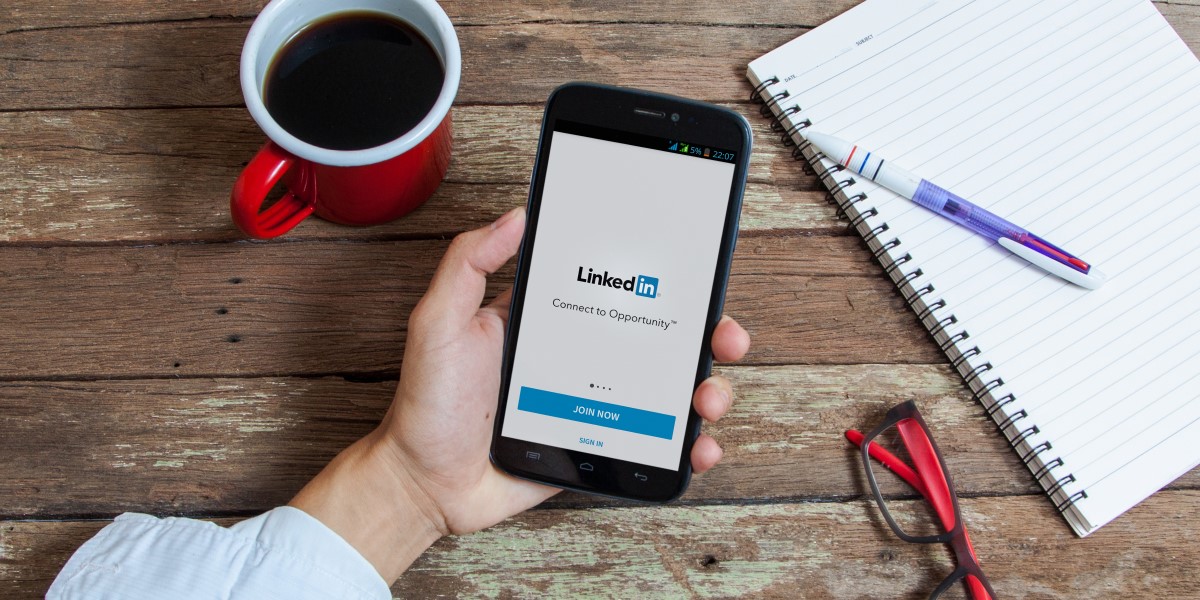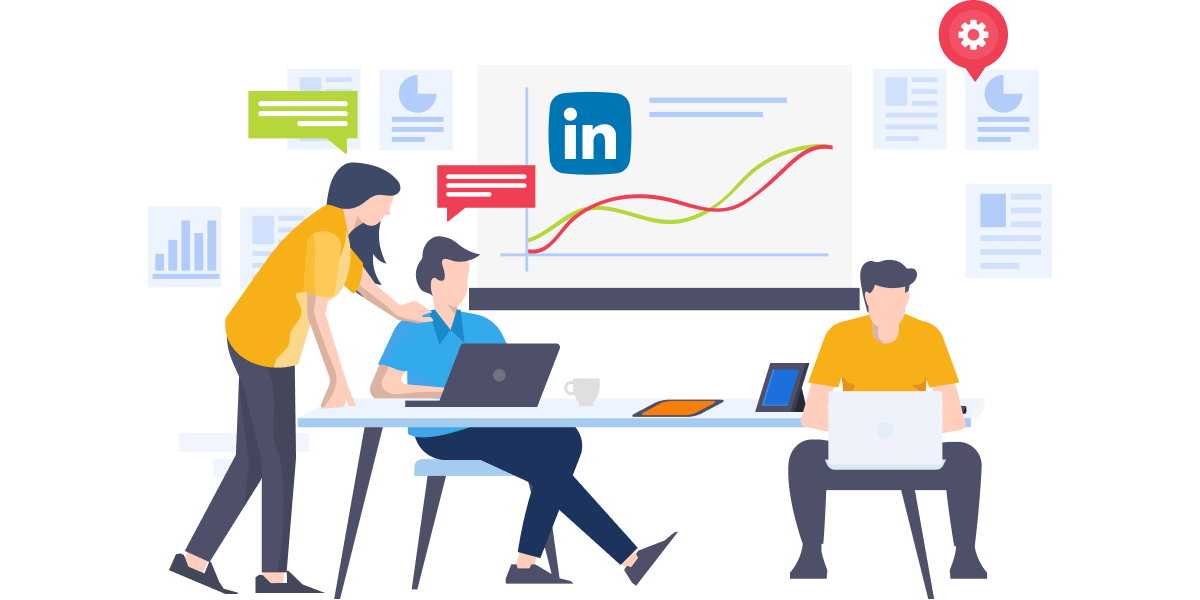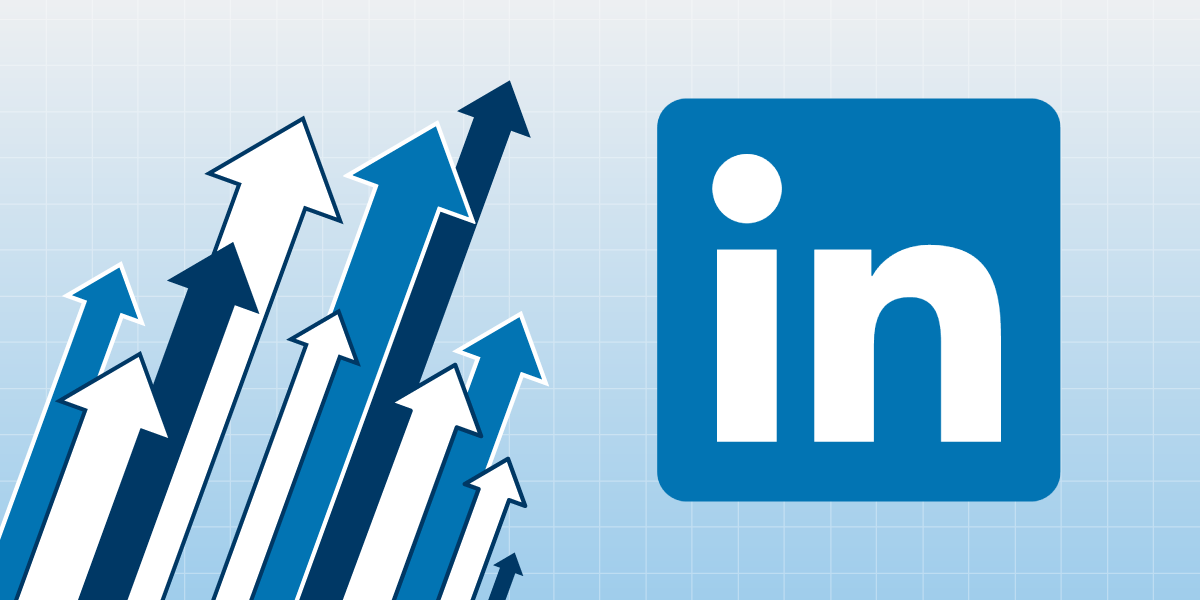LinkedIn lead generation is one of the most effective strategies for B2B marketers aiming to connect with decision-makers and industry professionals. Unlike other platforms filled with casual content, LinkedIn is specifically designed for networking, business development, and professional engagement. This unique environment makes it ideal for generating high-quality leads that are more likely to convert. LinkedIn provides various tools, from personalized messaging and targeted ads to content sharing and sales analytics, allowing businesses to strategically identify and reach their ideal customers. Whether you’re a startup founder, a marketing executive, or a sales professional, leveraging LinkedIn lead generation allows you to establish authority, nurture relationships, and drive measurable business growth.
Optimizing Your LinkedIn Profile for Credibility
Before diving into outreach, the first step in LinkedIn lead generation is creating a professional and credible profile. Your profile acts as your digital storefront—it’s often the first impression potential leads will have of you. Start by using a high-quality headshot and a compelling headline that clearly defines your value proposition. Your summary should articulate your expertise, experience, and the problems you solve, using keywords relevant to your industry. Showcase your work through featured content, case studies, and endorsements. A strong, optimized profile increases trust, improves connection acceptance rates, and encourages inbound interest. Profiles that demonstrate thought leadership and professionalism significantly outperform generic or incomplete ones in the lead generation process.
Building a Strategic Network
Effective LinkedIn lead generation begins with intentionally growing your network. Instead of randomly adding users, focus on connecting with individuals who align with your target customer persona. This includes industry leaders, decision-makers, and professionals in relevant roles or sectors. Use LinkedIn’s search filters to narrow down potential connections based on geography, industry, job title, or company size. Personalize your connection requests with brief, genuine messages that explain why you’re reaching out. Avoid making immediate sales pitches—your goal is to open a conversation, not close a deal in your first message. Building a quality network increases your visibility, creates engagement opportunities, and strengthens your presence within your industry’s ecosystem.
Using LinkedIn Search for Prospecting
The platform’s advanced search functionality is a goldmine for LinkedIn lead generation. With LinkedIn’s basic and premium search filters, users can find highly specific audiences that match their ideal client profile. Sales Navigator, LinkedIn’s premium tool, enhances this further by offering detailed filters such as company headcount, seniority level, years in position, and buyer intent signals. By consistently using search to find and engage with potential leads, marketers and sales professionals can create a steady pipeline of prospects. When combined with content engagement and personalized messaging, this targeted approach ensures time is spent on high-probability connections that align with your business goals.
Crafting Personalized Outreach Messages
The effectiveness of LinkedIn lead generation often hinges on the quality of your outreach. Generic messages are easy to ignore, but personalized messages that reflect an understanding of the recipient’s needs and interests are much more likely to elicit responses. Start by referencing something specific in their profile, recent post, or shared interest. Then briefly introduce yourself, provide context for the message, and suggest a reason to connect or chat. Keep it concise, respectful, and conversational—avoid sounding robotic or overly promotional. Follow-ups are equally important. If your initial message isn’t answered, a polite follow-up can reignite interest. Consistent, thoughtful communication builds familiarity and positions you as a helpful resource rather than a pushy seller.
Publishing Engaging Content Regularly

Creating and sharing content consistently is a powerful tactic for LinkedIn lead generation. Posting industry insights, tips, success stories, and thought leadership pieces helps you stay visible and relevant to your network. Valuable content attracts engagement, establishes authority, and keeps you top-of-mind with prospects who may not be ready to buy immediately but will remember you when they are. Use a mix of formats—text posts, carousels, polls, videos, and LinkedIn articles—to reach different segments of your audience. Engage with comments, ask questions, and encourage discussion to increase reach and demonstrate approachability. Content marketing on LinkedIn is about building trust and starting conversations, both of which are essential to lead generation.
Using LinkedIn Groups for Niche Engagement
Joining and actively participating in LinkedIn groups relevant to your industry is another effective lead generation tactic. These groups are filled with professionals sharing common interests, goals, or challenges—making them fertile ground for meaningful connections. Instead of pushing your services, focus on contributing value. Share insights, answer questions, and engage with posts to build credibility. Over time, group members will begin to recognize your name and associate it with expertise and helpfulness. This passive lead generation strategy creates opportunities for inbound interest and allows you to connect with prospects in a more relaxed, community-oriented setting. Many high-converting conversations begin organically within group discussions.
Leveraging LinkedIn Ads for Targeted Outreach
For businesses looking to scale their LinkedIn lead generation efforts, the platform’s advertising tools offer unmatched targeting capabilities. LinkedIn Ads allow marketers to run campaigns aimed at specific job titles, industries, company sizes, and more. Sponsored content, message ads, lead gen forms, and dynamic ads are all formats that can be used to reach potential customers directly within their feed or inbox. One of the biggest advantages of LinkedIn Ads is the quality of the leads—it’s not about reaching the most people, but the right people. When combined with a compelling offer, strong copy, and clear calls-to-action, LinkedIn Ads can generate high-quality leads that move efficiently through the sales funnel.
Tracking Performance with LinkedIn Analytics
Like any marketing strategy, successful LinkedIn lead generation relies on data and performance analysis. LinkedIn provides detailed analytics on profile views, post engagement, ad performance, and audience demographics. Monitoring these metrics allows you to understand what type of content resonates most, which messages are converting, and where your best leads are coming from. Sales Navigator also offers real-time updates on lead activity, including job changes and company news, enabling timely follow-ups. Use these insights to optimize future campaigns, improve outreach messaging, and better allocate your time and resources. Data-driven adjustments are essential for increasing conversion rates and achieving long-term lead generation success.
Automating LinkedIn Lead Generation Responsibly
Automation can significantly scale your LinkedIn lead generation efforts, but it must be used responsibly to avoid spammy behavior and protect your account reputation. Tools like Expandi, Zopto, and Octopus CRM allow users to automate connection requests, follow-ups, and even content scheduling. However, it’s important to personalize templates and limit daily actions to maintain authenticity. Automation should support—not replace—genuine relationship-building. The goal is to save time on repetitive tasks while still delivering thoughtful interactions. When used strategically, automation allows marketers to focus more on conversations and conversions instead of manual prospecting, enabling a more efficient and effective lead generation process.
Conclusion: Mastering LinkedIn for Lead Generation Success
LinkedIn lead generation is more than just sending connection requests—it’s about creating a comprehensive, authentic presence that attracts, engages, and converts professional prospects. From optimizing your profile and building a strategic network to leveraging content, groups, ads, and analytics, every component plays a role in generating meaningful leads. When approached with consistency, personalization, and a focus on value, LinkedIn becomes a powerful tool for long-term business growth. The platform rewards those who invest in relationships and deliver relevant solutions to real business challenges. By mastering the techniques of LinkedIn lead generation, businesses can unlock a consistent pipeline of qualified leads and position themselves as trusted leaders in their industry.


